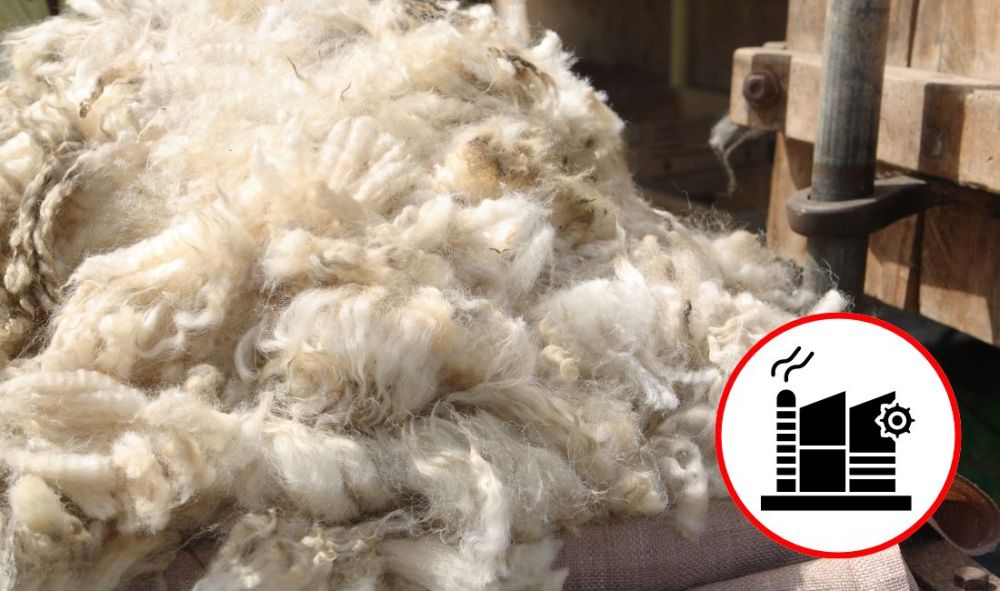Developing England’s Economic Future: Opportunities

| W.E.U Admin | W.E.U Campaigns
TAGS: Farming, WEU Campaign, English Farming, Industry Innovation, Sustainable Materials
Wool can be used again — but it needs investment and policy support to develop into a sustainable, future-facing industry.
1. A Short History of Wool in England
Medieval boom: From the 12th to the 16th century, wool was England’s biggest export and the backbone of national wealth. The phrase “England’s wealth is built on wool” isn’t just a saying — monasteries, towns, and even the Crown financed themselves on wool taxes.
17th–19th centuries: The rise of worsted cloth in East Anglia and the Industrial Revolution in Yorkshire and Lancashire shifted production from local craft to mass mills. Britain dominated the world’s woollen textile trade.
20th century: Wool remained significant but started to lose ground to cotton and later synthetic fibres like nylon and polyester, which were cheaper and easier to produce.
Late 20th century onwards: Fashion shifted to disposable clothing. Wool became too costly, and many sheep farmers in England earned less from fleece than the cost of shearing.
2. The Collapse of the English Wool Market
Low prices: Farmers now receive pennies per kilo for fleeces. During the 2020 pandemic, mountains of unsold wool were composted or burned.
Rising costs: Shearing is vital for animal welfare but often costs more than the wool’s value.
Lost processing industry: Most wool scouring and weaving now occurs overseas, leaving the UK without the infrastructure to scale production.
Fashion shifts: Wool garments have become niche and premium, replaced in mainstream retail by synthetic blends.
3. Rivals to Wool
Cotton: Still the world’s most common natural fibre, but water and pesticide intensive.
Synthetics: Polyester and acrylic dominate the cheap fashion industry, but they are derived from oil and shed harmful microplastics.
New materials like bamboo, lyocell, hemp, and lab-grown fibres are marketed as sustainable alternatives, though few are widely scaled.
4. The Future: Bad or Revival?
Problems for wool garments: Higher cost than synthetics and changing consumer habits driven by fast fashion.
Opportunities for revival:
- Sustainability push: Wool is natural, biodegradable, and long-lasting — a strong case against plastic-based clothing.
- Luxury market: English tweeds and knitwear remain prestigious.
- Innovation in treatments is making wool softer, washable, and ideal for outdoor wear.
- Policy shift: The government should incentivise natural fibres amid growing microplastic concerns.
- Local craft revival through cottage industries and artisan brands.
Member’s Overview
The English wool industry went from being the backbone of England’s economy to nearly worthless for farmers. Rivals like synthetics and cotton won on price and convenience.
However, in sustainable fashion and luxury garment niches, wool could see a revival — especially if environmental awareness drives consumers back to natural fibres.
Stephen Morris, General Secretary of the Workers of England Union, said:
“The lack of a government for England means opportunities to develop ideas, skills and industry are lost. Currently England lacks infrastructure to turn raw fleece into garments at scale. We need to invest in retraining England’s workforce.
Although this seems such a small area of the economy to develop, it highlights the overall problem — that the British government continues to ignore opportunities to grow England’s economy.”





